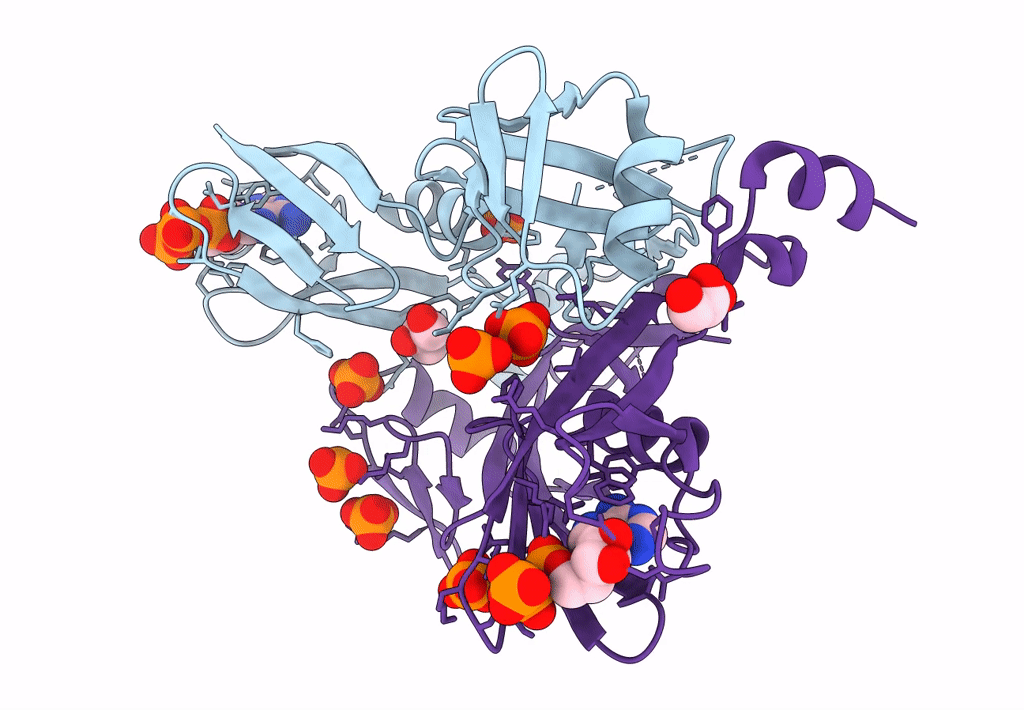
Deposition Date
2021-11-25
Release Date
2022-10-05
Last Version Date
2024-05-22
Method Details:
Experimental Method:
Resolution:
2.20 Å
R-Value Free:
0.23
R-Value Work:
0.20
R-Value Observed:
0.20
Space Group:
P 31 2 1


